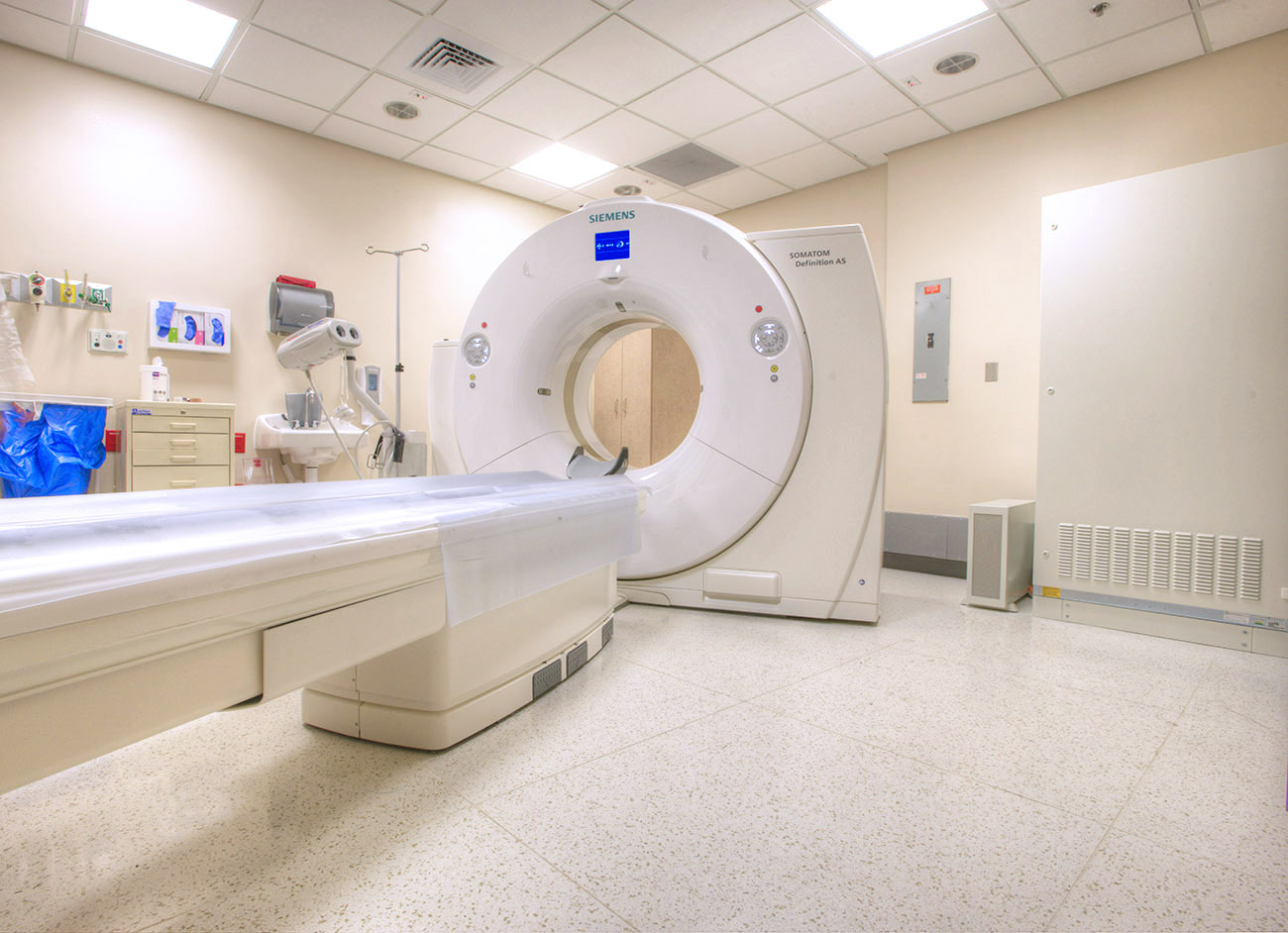Healthcare FAQs
When it comes to picking a flooring solution for operating rooms, it is crucial to create a sterile environment. Operating rooms require flooring that will discourage the spread and reproduction of harmful organisms. A few factors to consider include:
- EPA antimicrobial protection
- Resistance to stains
- Puncture resistance from sharp objects
- ESD (Electrostatic Dissipative) options to protect electronic equipment
- Cove-to-wall base
- Seamless floor
- Fast curing options
Not all floor coverings are designed to meet the rigorous criteria to be installed in operating rooms. This is why we have carefully cultivated a list of the best flooring solutions for hospital and healthcare facilities. Seamless flooring that will prohibit areas that harbor bacteria or germs, while also offering superior compressive strength which ensures that heavy equipment can be wheeled in and out without damage to the floor.

Yes, we carry a conductive electrotile and static dissipative tile. Best-in-class products that require low maintenance (with no wax) and a lifetime warranty of conductivity. Ensuring that expensive electronic equipment stays protected.
What is the difference between conductive and dissipative? ESD floors are categorized based on their electrical resistance properties. Conductive floors measure 1.0 x 10E6 and < 1.0 x 10E9.
Healthcare flooring provides unique characteristics that must be met as hospitals rely on flooring to be able to withstand heavy 24/7 foot traffic, fight infections at the ground level, and keep staff and patients safe from a slip and falls. A few characteristics one must consider before purchasing hospital flooring include:
• Anti-slip
• Infection control
• Seamless
• Low maintenance
• Resistance to indentation (static and dynamic)
• Flash coved and heat welded for increased hygiene
One of the most popular design trends in recent years that has taken over a variety of industries, including hospitals, has been the growing green & sustainable design. The green presence in healthcare projects has grown, as designers and builders pursue LEED certifications and like to incorporate sustainability into their innovative designs.
This also serves to satisfy the company’s board of directors, as sustainability reports have carried an increasingly larger effect on company’s profits and investment as they begin to realize how important sustainability is to corporate competitiveness. Large investors are consistently seeking greater transparency into how companies are addressing environmental and social trends. Resulting in sustainability issues being factored into corporate and investment strategies, rather than mere sustainability programs. This opens the door to start sustainability from the ground up (literally) with the type of flooring chosen.
Another popular design trend over the last few years has been the shift away from high-glossy wax finishes on resilient flooring to more no-wax, matte options. Facility managers are trying to save time and money on the maintenance for products that don’t require frequent waxing. A process that normally takes a lot of time to complete and dry, which impacts hospitals’ ability to turn over rooms quickly.

Static loads are loads that don’t change over time.
Static load testing, as it relates with resilient flooring covers the ASTM Test F-790, “Standard Test Method for Static Load Limit”. This test method is designed to evaluate the ability of a flooring product to withstand or recover from indentation. This test method is designed to evaluate the ability of a flooring product to withstand or recover from indentation. This can refer to tables/chairs in schools or beds in hospitals. For example, a desk weighing 400 lbs, with four feet, would generate a load of 100 PSI at each foot on the floor’s surface. An occupied hospital bed weighing approximately 700 pounds, would produce a floor loading of 583 PSI per wheel (with each wheel having .3 square inches of contact). Static loads can result in tips, tears, gouges, displacement of adhesive of the flooring.
Static load limit is one of many characteristics of a floor’s durability; in addition to stain resistance, puncture resistance, and ease of maintenance.
Healthcare Flooring Gallery
Recommended Healthcare Flooring Products
American Biltrite
• ABPure
• Marathon
• TecCare
• Texas Granite
• Electrotile
• Mirra
Full Sail Flooring
• Anchor Plus
• Anchor Plat
• Aura RQ
• Karma RQ
• Pebble RQ
Grabo

